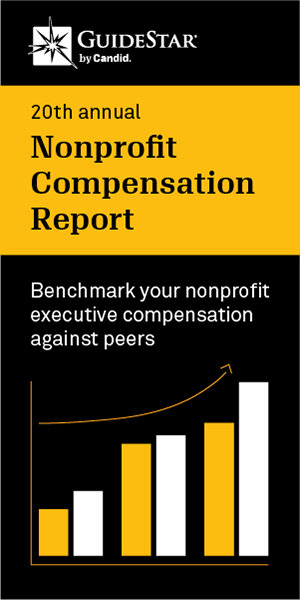David and Lucile Packard Foundation
Mission:
The David and Lucile Packard Foundation supports organizations such as universities, national institutions, community groups, youth agencies, family planning centers, and hospitals that use private funds for public purposes and complement governmental efforts to address society's needs. With a value system that underscores integrity, respect for all people, a belief in individual leadership, an enduring commitment to effectiveness, and the capacity to think big, the foundation hopes to strengthen nonprofits that work to conserve the environment, address global population growth, solve problems through science, achieve the full potential of American children, lift human experience through the arts, and encourage philanthropy.
Purpose of Site:
To provide detailed information about the foundation's grantmaking activities and the projects and programs they support. Grantseekers may also use the site to research guidelines for submitting a proposal for funding from the foundation.
Background:
In 1939, David Packard joined with William Hewlett to form Hewlett-Packard Co., whose first product was an electronic instrument used to test sound equipment. Packard believed that his company's management must be responsible to its employees, customers, and community, and he pioneered many management concepts, such as flexible working hours, catastrophic medical coverage, and open offices. David's wife Lucile Salter Packard was a major part of the company from its beginning, serving as secretary, accountant, and personnel manager in its early days. The success of Hewlett-Packard as a technology heavyweight allowed the Packards to give generously to their community. Both were active in many educational and civic organizations and created the Packard Foundation in 1964 to support their philanthropic efforts.
Home Page:
The home page of the Packard Foundation's Web site greets visitors with a broad overview of the organization's goals and links to specific information about the foundation and its initiatives. Users can also access information about the foundation's grant making activities, including the total amount of grants awarded for the past two years and links to grantees' programs.
Outstanding Feature:
On the site map, which can be accessed from every page throughout the Packard Foundation site, users can move their mouse over a certain program area and a list of more specific initiatives within that area appears on the screen. By moving the mouse over one of these specific initiatives, another list of options appears, and users can then select links to information about recent grants in that area and guidelines for grant proposals. Also, for each of the thirty-seven specific initiatives that the Packard Foundation supports, a corresponding page is on the site that lists grantee organizations, the amount of awards, and the use of the funds. In addition, users can access pages dedicated to each of the seven broader program categories that include information on what the foundation seeks to address, grants that have been awarded, and guidelines for submitting grant proposals.
Honorable Mention:
Users can access Web sites of Packard Foundation grantees — if available — anywhere they are mentioned on http://www.packard.org. The site also includes an alphabetical index of all grantees, with links to their Web sites. The Packard Foundation's site encourages feedback from users and has set up an online form for comments and suggestions. Finally, the foundation lets users know on every page throughout the site that Braille accessibility to the Packard Web site is available upon a simple e-mail request.




